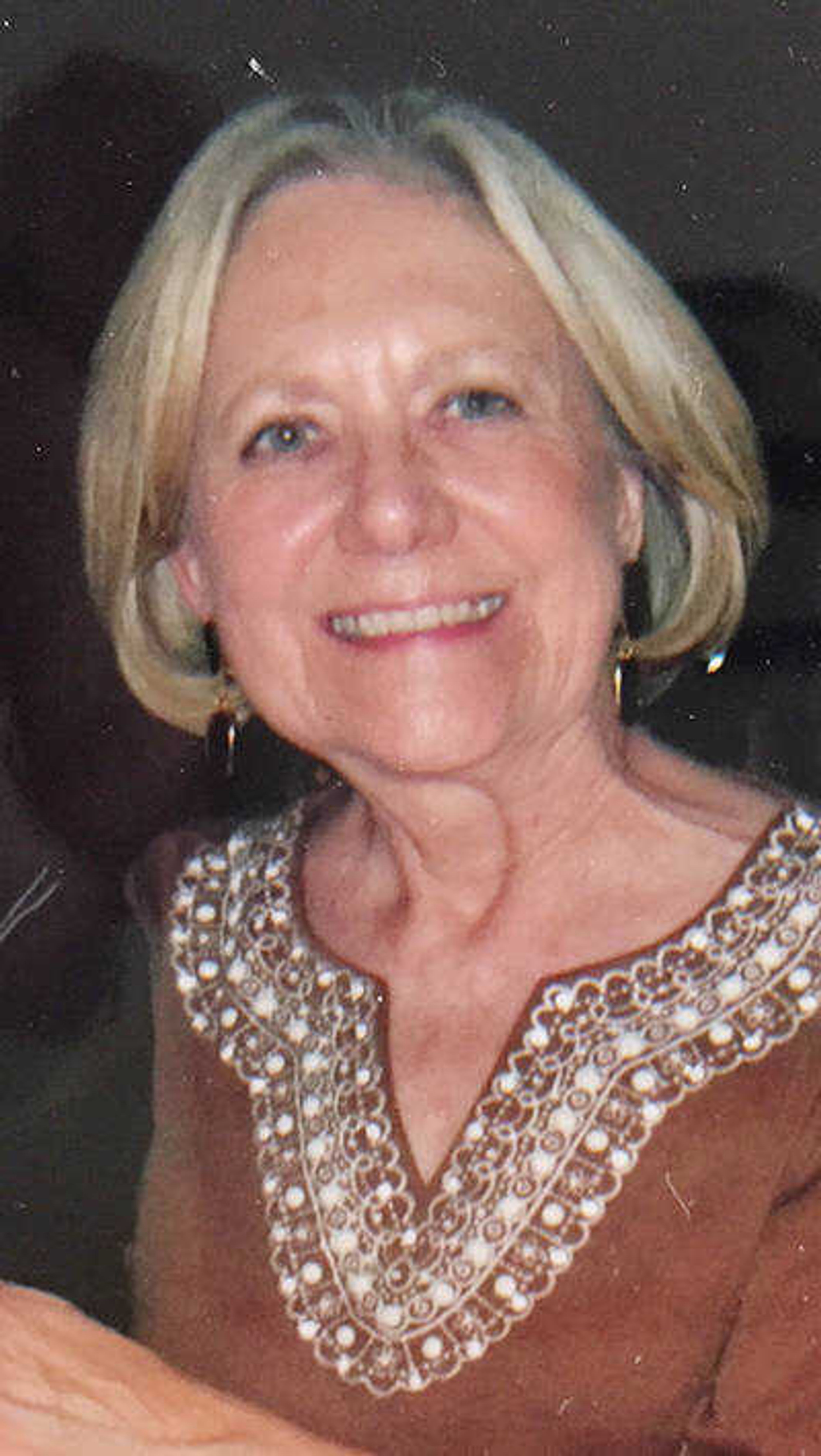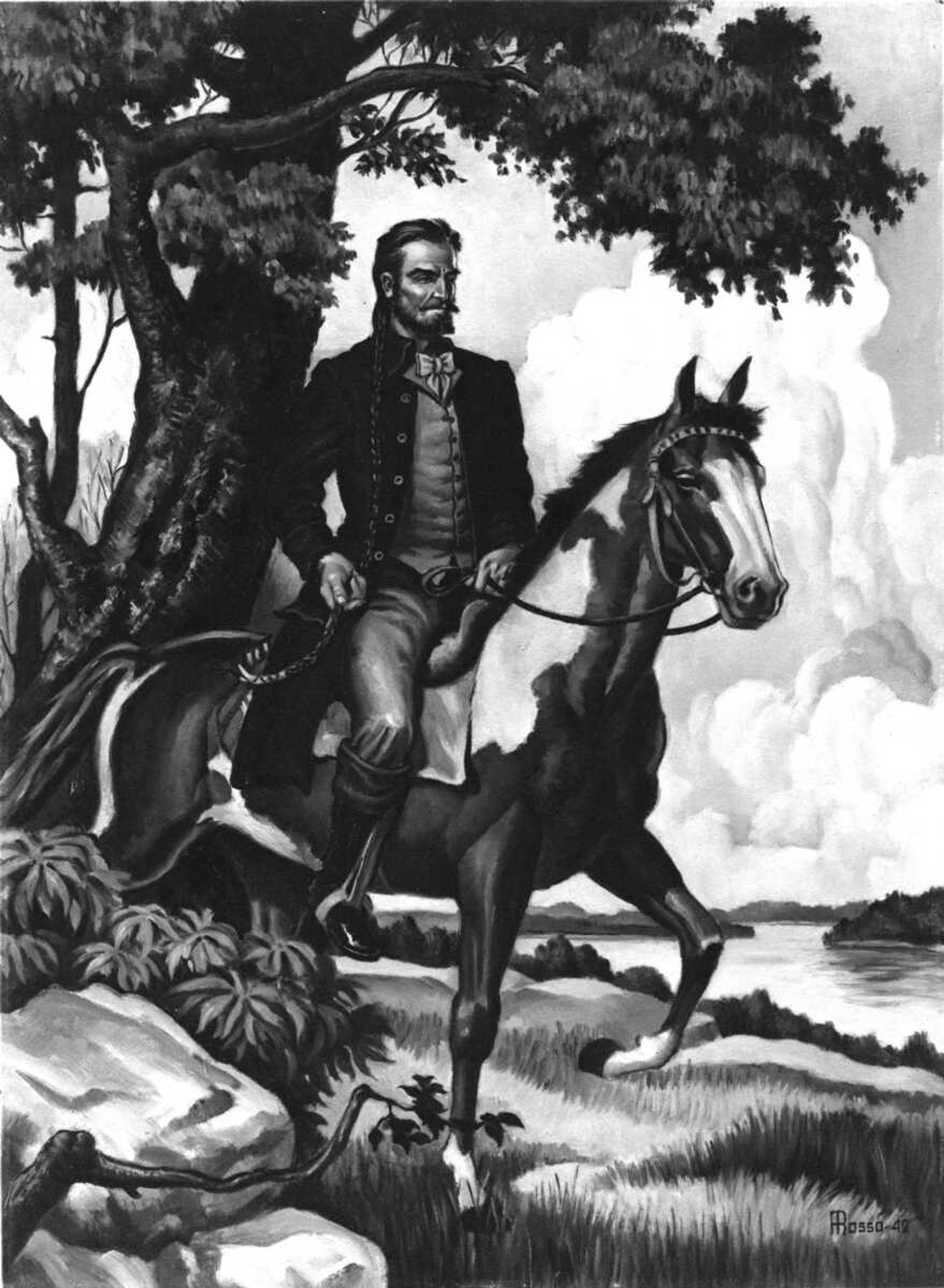Pierre-Louis de Lorimier: Founder of our city, Part 1
Cape Girardeau has new people moving into our city every day. Therefore, it seems fitting to recount an earliest bit of history from which we descend. Louis Lorimier is the man of the hour, even though our city's namesake is Ensign Girardot, a French trapper who established a trading post in the neighborhood of Cape Rock, three miles north of Cape Girardeau...
Cape Girardeau has new people moving into our city every day. Therefore, it seems fitting to recount an earliest bit of history from which we descend.
Louis Lorimier is the man of the hour, even though our city's namesake is Ensign Girardot, a French trapper who established a trading post in the neighborhood of Cape Rock, three miles north of Cape Girardeau.
Lorimier was a 6-foot charismatic Frenchman who served under four countries: France, England, Spain and the United States. He had a skillful knowledge of Native Americans, first in Ohio where he lived among the Shawnee and Delaware tribes, and lastly in the Cape Girardeau District. He spoke many Indian dialects as well as French and English.
Son of a French commander in Montreal, Canada, Lorimier, while living in Ohio, married an Indian maiden and fathered a son, Guillaume, named for Lorimier's father. She died in childbirth. In 1783 he married a Shawnee-French woman, Charlotte Pemanpieh Bougainville. She was the daughter of a French Canadian admiral from Paris, France, and a Shawnee woman. Admiral Bougainville distinguished himself as aide de camp to General Louis Montcalm.
After losing his trading post, Lorimier's Station, in Ohio during the American Revolution and subsequent financial difficulties, Lorimier moved his family westward, followed by Shawnee and Delaware tribes, who revered him as a leader.
On encouragement of Spanish authorities, Lorimier and his entourage crossed the Mississippi River in 1788 along the Saline River, close to Ste. Genevieve. They later moved south to the area which is now Cape Girardeau in 1793.
From Lorimier's journal, edited by Linda Nash, we learn Lorimier was called by the Spanish to recruit a militia and tribes to defend the Spanish territory from a Franco-American invasion known as the Clark-Genet attack. The attack was soon thwarted by General Washington.
For his gallantry as an important Indian agent, translator and recruiter, Lorimier was granted 30,000 arpens of land to add to the 7,000 arpens he had acquired earlier from the Spanish. Lorimier was responsible for maintaining control of the tribes, including the Osage, which he did.
Around 1,200 Shawnee and 600 Delaware settled in the Old Appleton area on Apple Creek. They were pleased with their wildlife, timber, fresh water and hunting rights which went from Arkansas to the Missouri River on unoccupied land.
As commander of Cape Girardeau, Lorimier was greatly assisted by his wife Charlotte, highly esteemed by the settlers as well as the Indians. She was always revered as having poise and inward and outward beauty. When Lewis and Clark visited Cape Girardeau in 1803, Lewis remarked on the attractiveness of their oldest daughter, Marie Louise, and Charlotte. Lorimier's other children with Charlotte were: Louis Jr., a graduate of West Point, (who resigned his commission in 1809 to help his father with a trading post in Bloomfield and was killed by Indians in 1832); Maria Louise, wife of Thomas Rodney; Agatha; Verneuil; Augustus (appointed to West Point); and Victor.
Next: "Louis Lorimier's Death and Consequences for Cape Girardeau"
Connect with the Southeast Missourian Newsroom:
For corrections to this story or other insights for the editor, click here. To submit a letter to the editor, click here. To learn about the Southeast Missourian’s AI Policy, click here.











